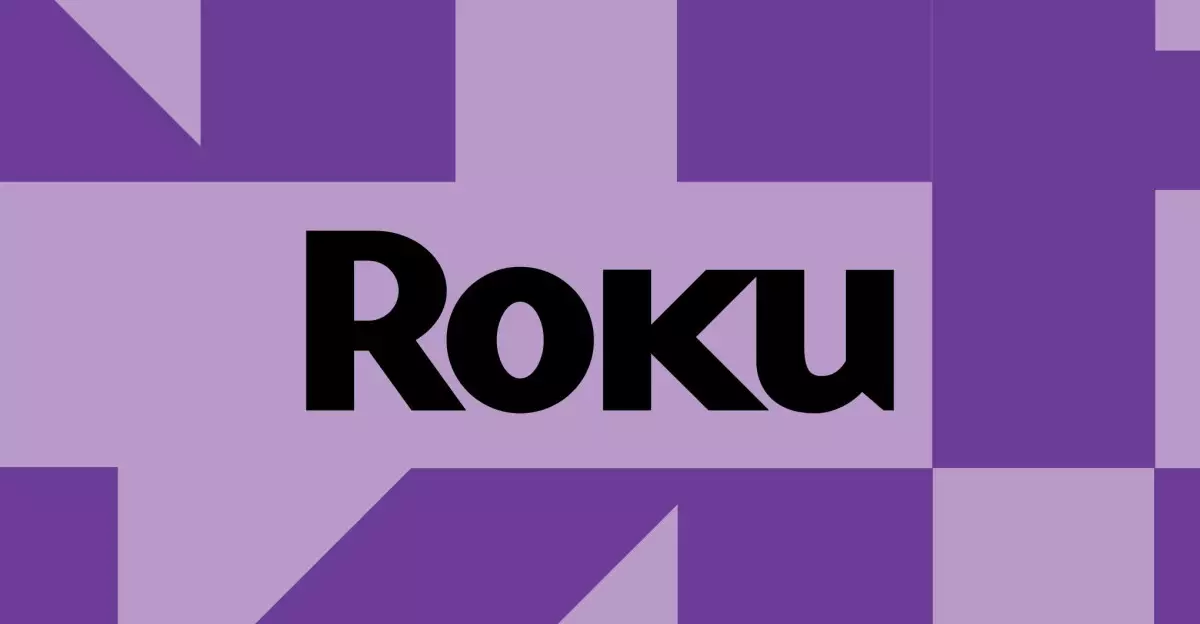The digital entertainment landscape has transformed remarkably over the past few years, with streaming services becoming the primary source of media consumption. However, this evolution is not without its pitfalls. Recently, users of Roku devices have reported a disconcerting issue related to High Dynamic Range (HDR) streaming, primarily through platforms like Disney Plus. While it might seem at first glance like a minor inconvenience, the implications of this flaw go beyond temporarily dull viewing experiences; they resonate deeply within the realms of user satisfaction, trust in the technology, and the ever-competitive streaming market.
Understanding the Technical Misstep
At the heart of this color conundrum lies a recent software update from Roku. The update, intended to improve functionality and user experience, seems to have had unintended consequences for many users. Reports flooding the issue-tracking board have made it clear: HDR content has become a lukewarm experience rather than the vibrant showcase it promises to be. According to users, instead of the eye-popping colors that HDR is renowned for, content is rendered in washed-out, muted tones, the likes of which bear a more significant resemblance to black-and-white imagery rather than vibrant, lifelike colors. This situation is a blatant misstep for a company like Roku, which prides itself on delivering quality streaming experiences.
Community Reactions: A Tale of Frustration
The community responses have been swift and revealing. Initially, it appeared that only Disney Plus viewers on TCL TVs were affected, yet as more users chimed in, it quickly became evident that the issue was far-reaching. Feedback from those owning Hisense Roku TVs further solidified the notion that this was not an isolated incident. Users are experiencing dissonance between the video quality of HDR streaming and the capabilities expected from their devices. The feeling of camaraderie among frustrated users is palpable, as discussions proliferate on forums and social media; people review their experiences, seeking clarity amid a sea of confusion. This collective discontent not only reflects individual grievances but also hints at the deeper impact on brand loyalty and consumer trust.
The Specter of Software Updates
Software updates are typically heralded as enhancements, pivotal to maintaining the health and functionality of streaming devices. However, this recent update illustrates how they can quickly spiral into aggravations. It raises pressing questions about the quality control processes that govern such releases. Have Roku’s engineers thoroughly tested this recent software version across all device models? An oversight here can lead to an avalanche of disenchanted customers. Moreover, it prompts consumers to ponder the reliability of constant updates in an industry increasingly focused on rapid innovation over quality assurance.
The Search for Clarity
Roku has acknowledged the issue and is currently investigating the problem, with community moderators actively soliciting user reports to gather data. However, this response also highlights another layer of concern; the need for immediate transparency is paramount. Companies must understand that users expect not just a patch but clear communication outlining the roots of the problem, anticipated timelines for fixes, and genuine engagement with the community’s concerns. A sincere effort to address these grievances could be a turning point, allowing Roku to rebuild trust.
The Bigger Picture: Implications for Streaming Platforms
As the streaming marketplace continues to saturate, companies need to prioritize outstanding user experience to stand out. This HDR dilemma serves as a lesson to all tech companies: the intricacies of streaming technology are not solely about flashy advertisements and sleek designs, but about delivering consistent, high-quality performance. As competition escalates with giants like Apple TV and newcomers making their mark, every inefficiency could spell disaster. This incident underscores the importance of integrating robust user feedback mechanisms into product development and update processes.
The color crisis confronting Roku is not just a technical issue; it’s a symptom of a larger challenge facing streaming services today. The industry must learn that in the quest for innovation, ensuring impeccable quality and a vibrant user experience should remain paramount.

